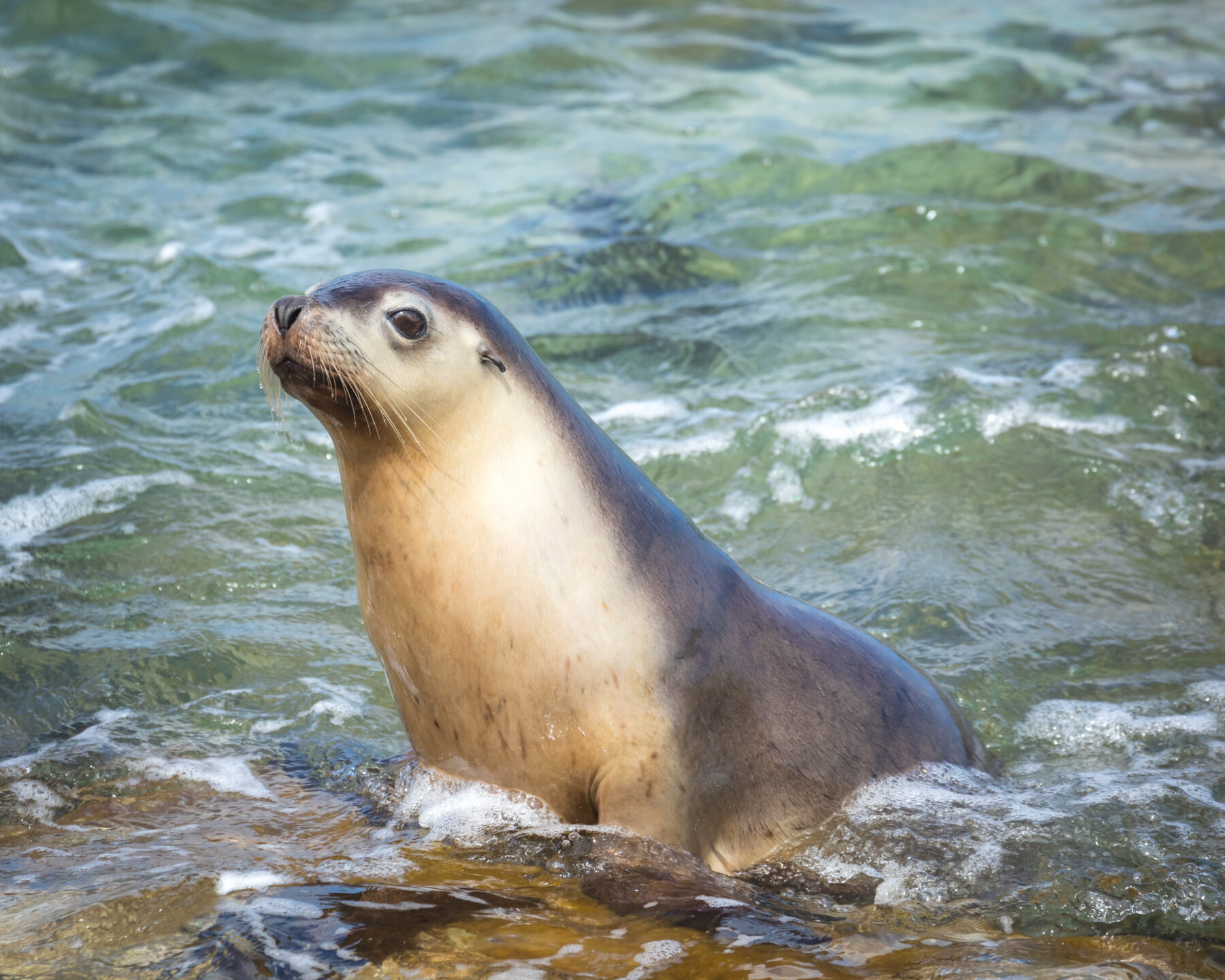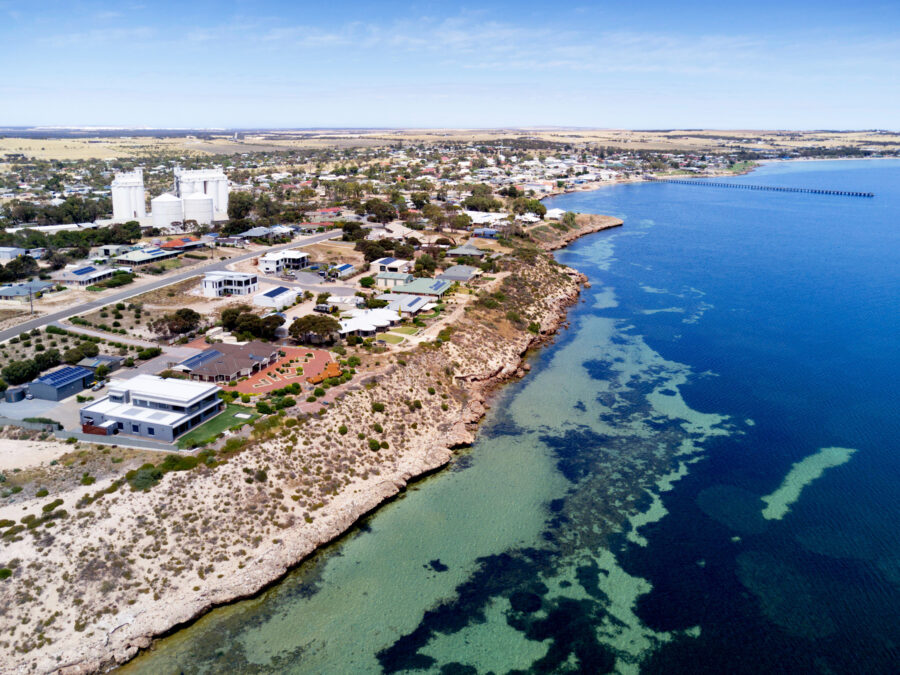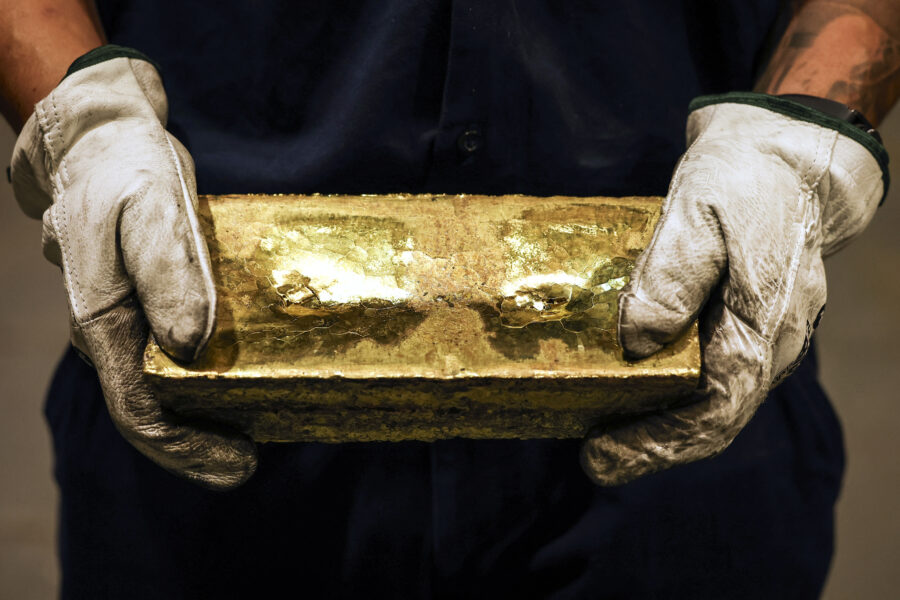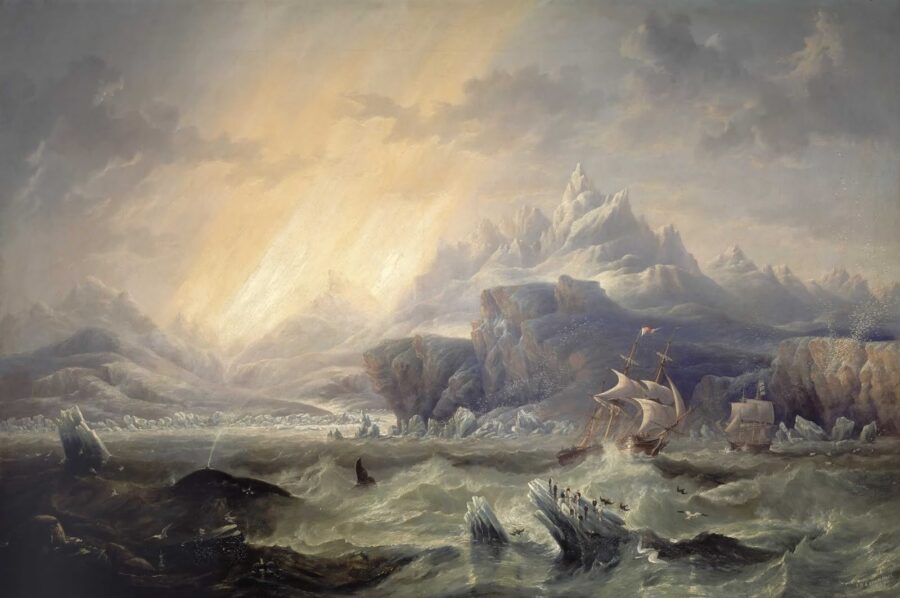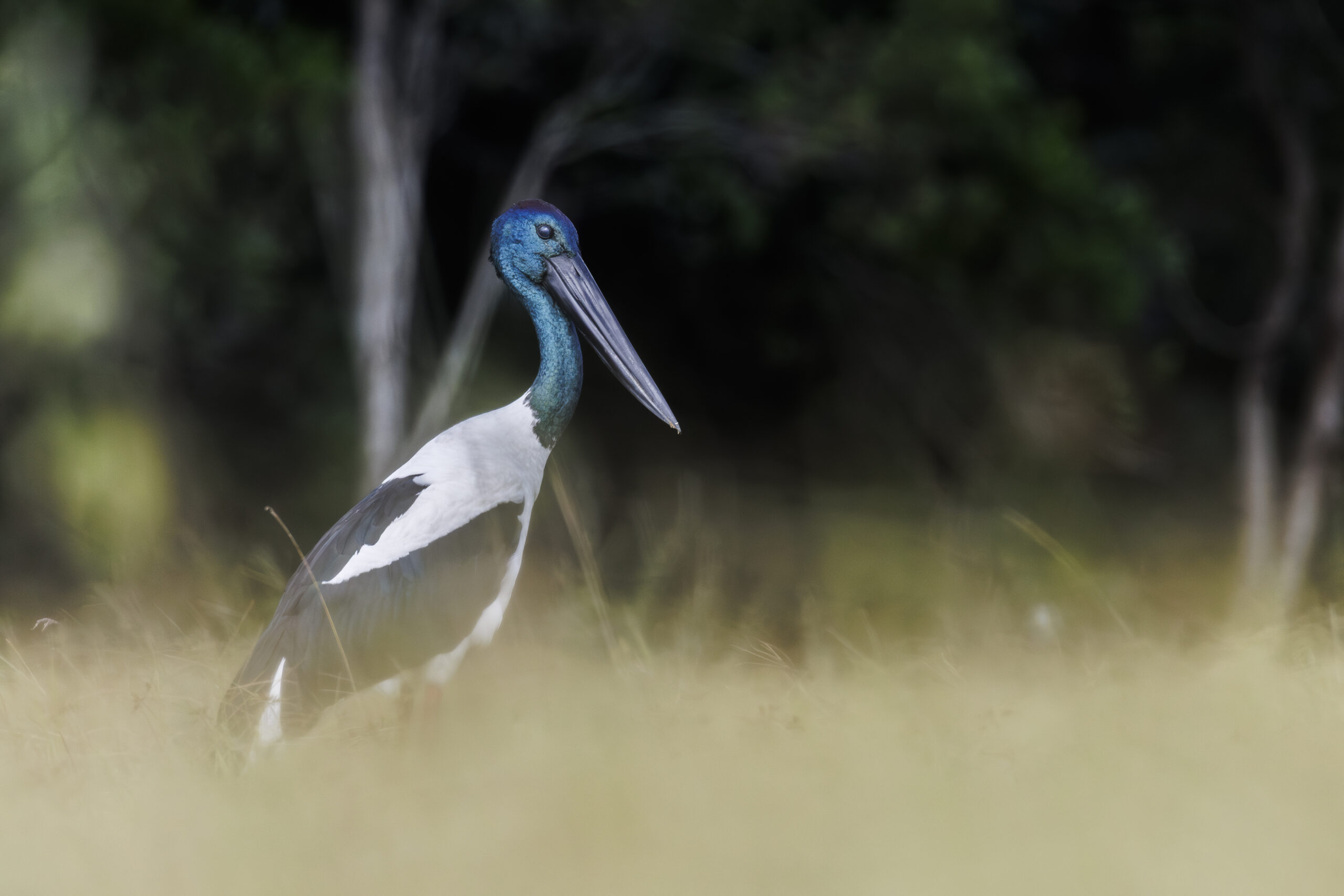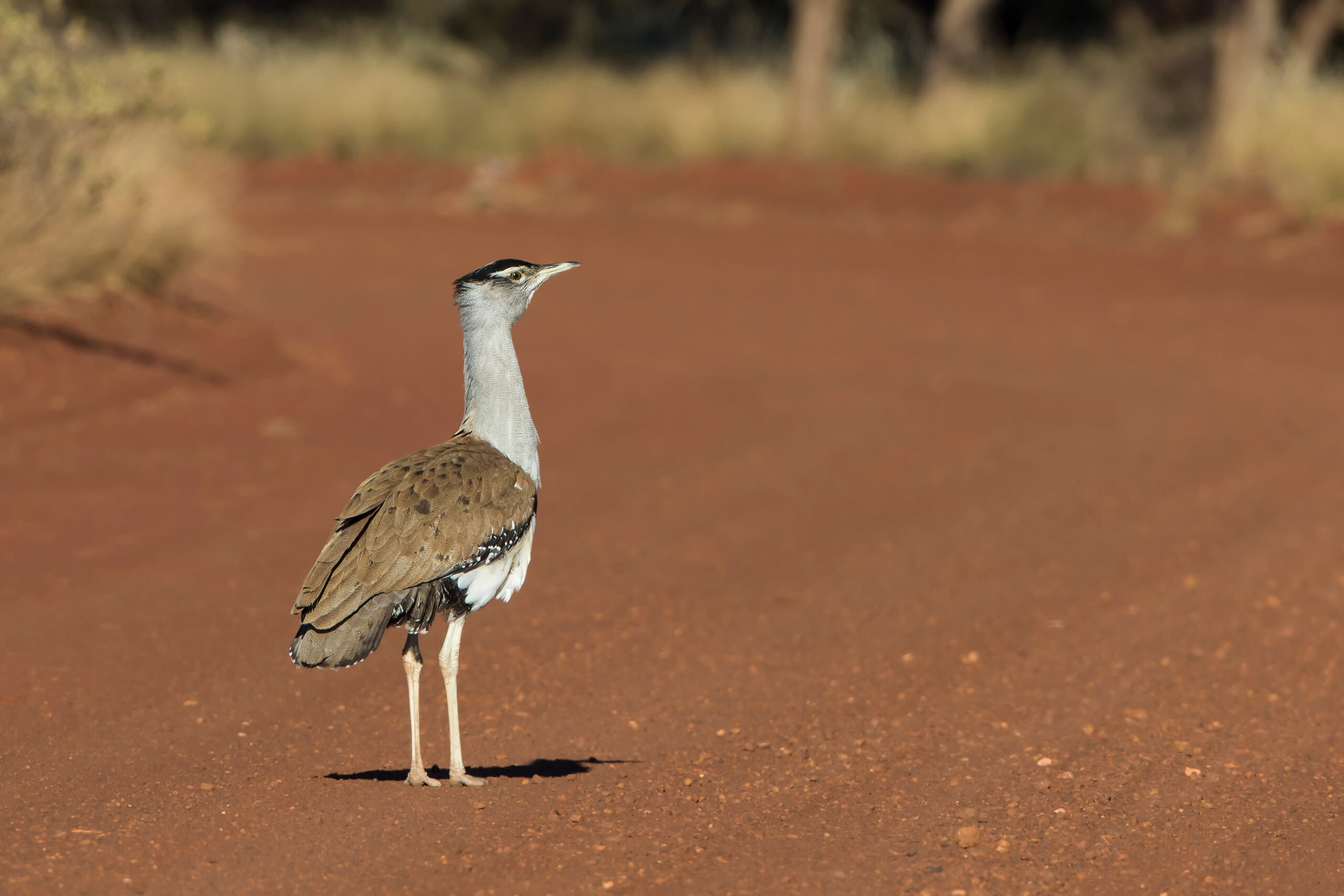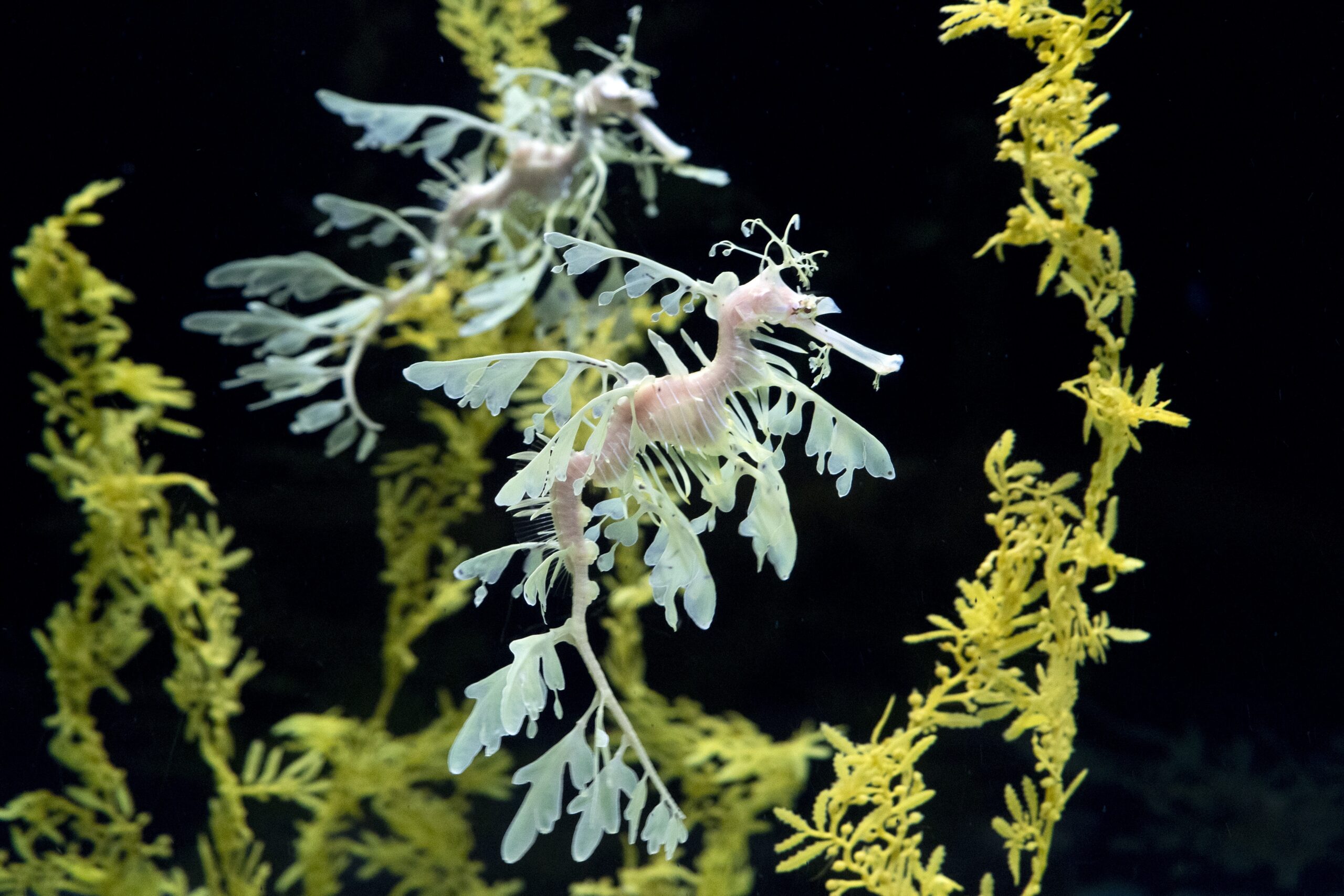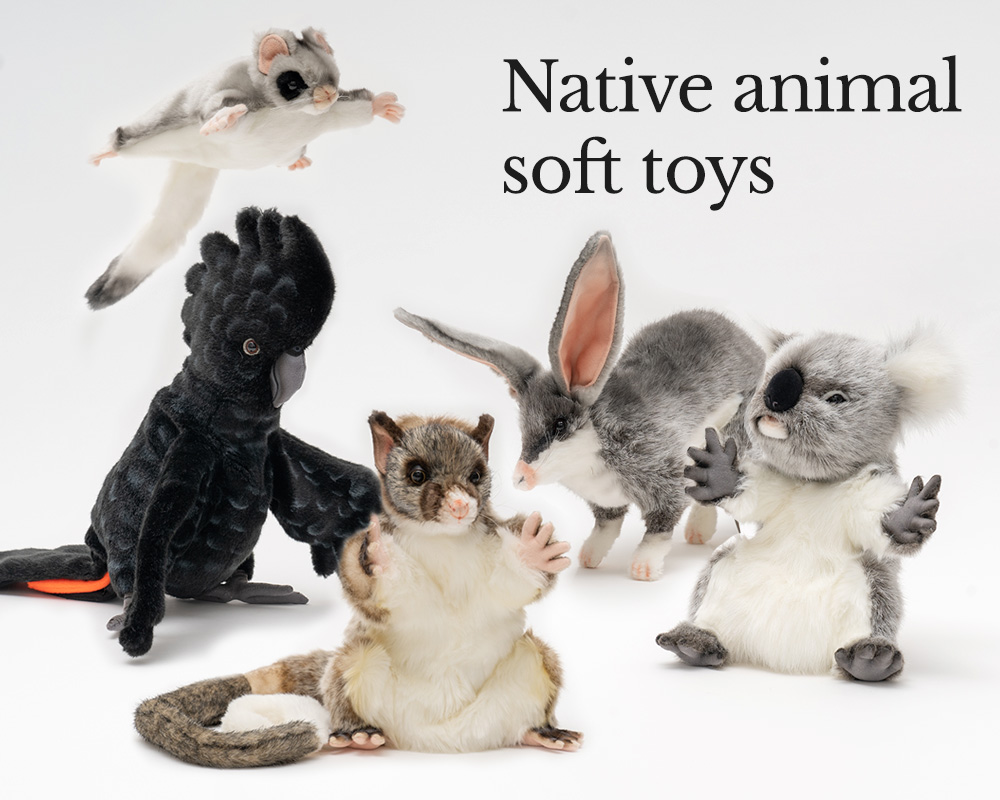| Common name | Australian sea lion |
| Scientific name | Neophoca cinerea |
| Type | Mammalia (Mammals) |
| Diet | Fish, squid, octopus, crustaceans |
| Average lifespan | 17–25 years |
| Size | Males up to 2.5m long, 200–300kg; females up to 1.8m, 60–100kg. |
Conservation status: Listed as Endangered both under Australia’s EBPC Act and by the IUCN globally, the Australian sea lion faces ongoing threats and population pressures. Recovery is hindered by slow reproduction and low pup survival.
Found only in Australian waters, the Australian sea lion (Neophoca cinerea) is one of the world’s rarest pinnipeds (commonly known as seals). They’re called bulgura in the language of the Wirangu people of South Australia’s western coastal region.
These charismatic marine mammals are known for their dog-like faces, curious nature and unusual breeding cycle, which sets them apart from all other sea lion species. They’re the only sea lion endemic to Australia, so they’re a uniquely valuable part of our nation’s marine biodiversity.
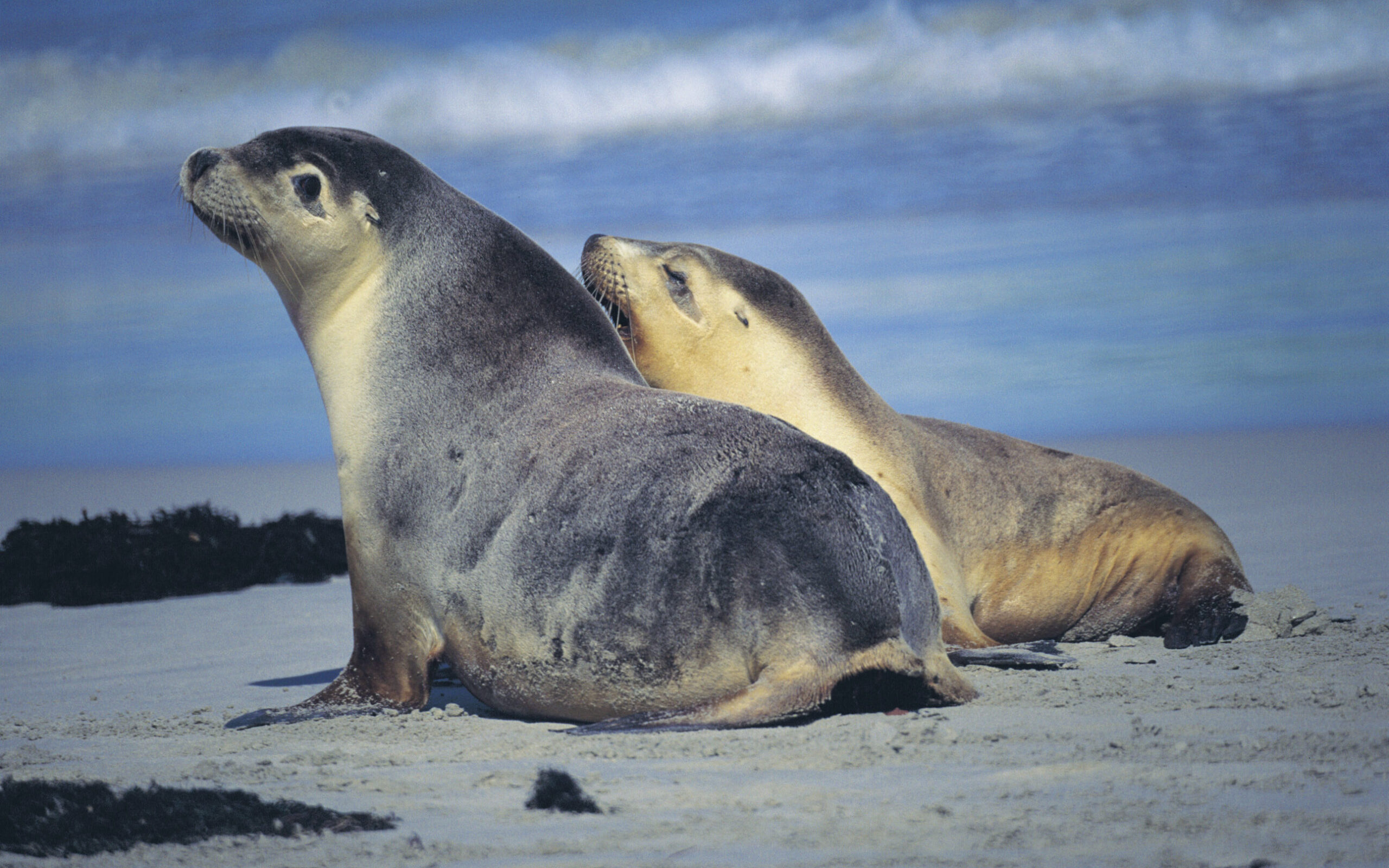
Habitat
Australian sea lions haul out and breed on sandy beaches and rocky platforms on offshore islands, particularly in South Australia and Western Australia. When at sea, they forage in shallow coastal waters, often close to their colony sites.
Distribution
Once more widespread, Australian sea lions are now found only along the southern and south-western coasts of Australia. The largest populations are on offshore islands between Kangaroo Island and the Abrolhos Islands. Their fragmented distribution reflects historical declines and slow recovery.
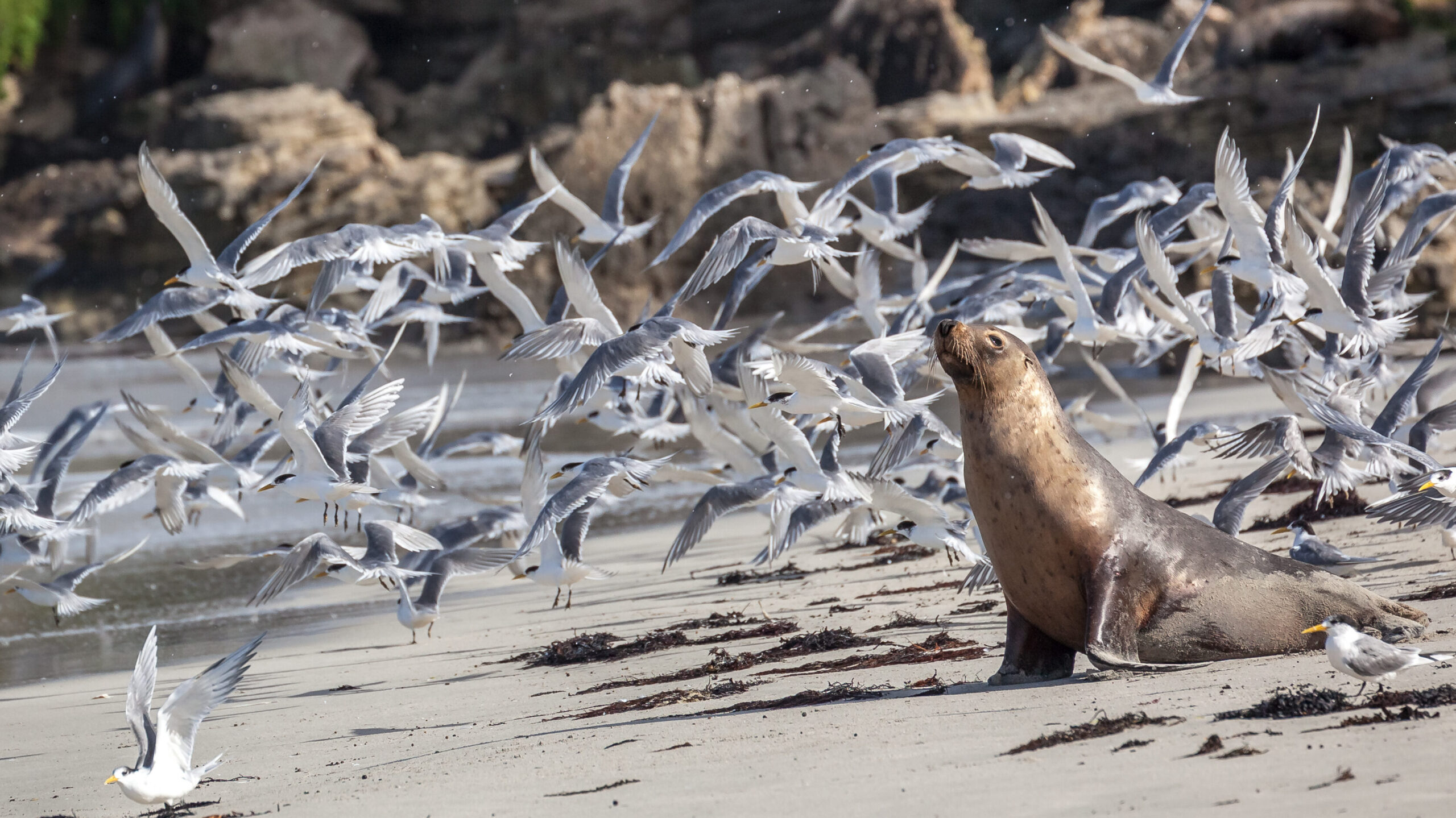
Reproduction
The Australian sea lion has an irregular and unusually long 17–18-month breeding cycle that varies between colonies. Females give birth to a single pup and nurse it for up to 18 months, often overlapping with the next breeding period.
Threats
Major threats include entanglement in fishing gear (especially gillnets and traps), habitat disturbance, disease, and historical hunting impacts. Because colonies are small and isolated, local declines can have lasting impacts.
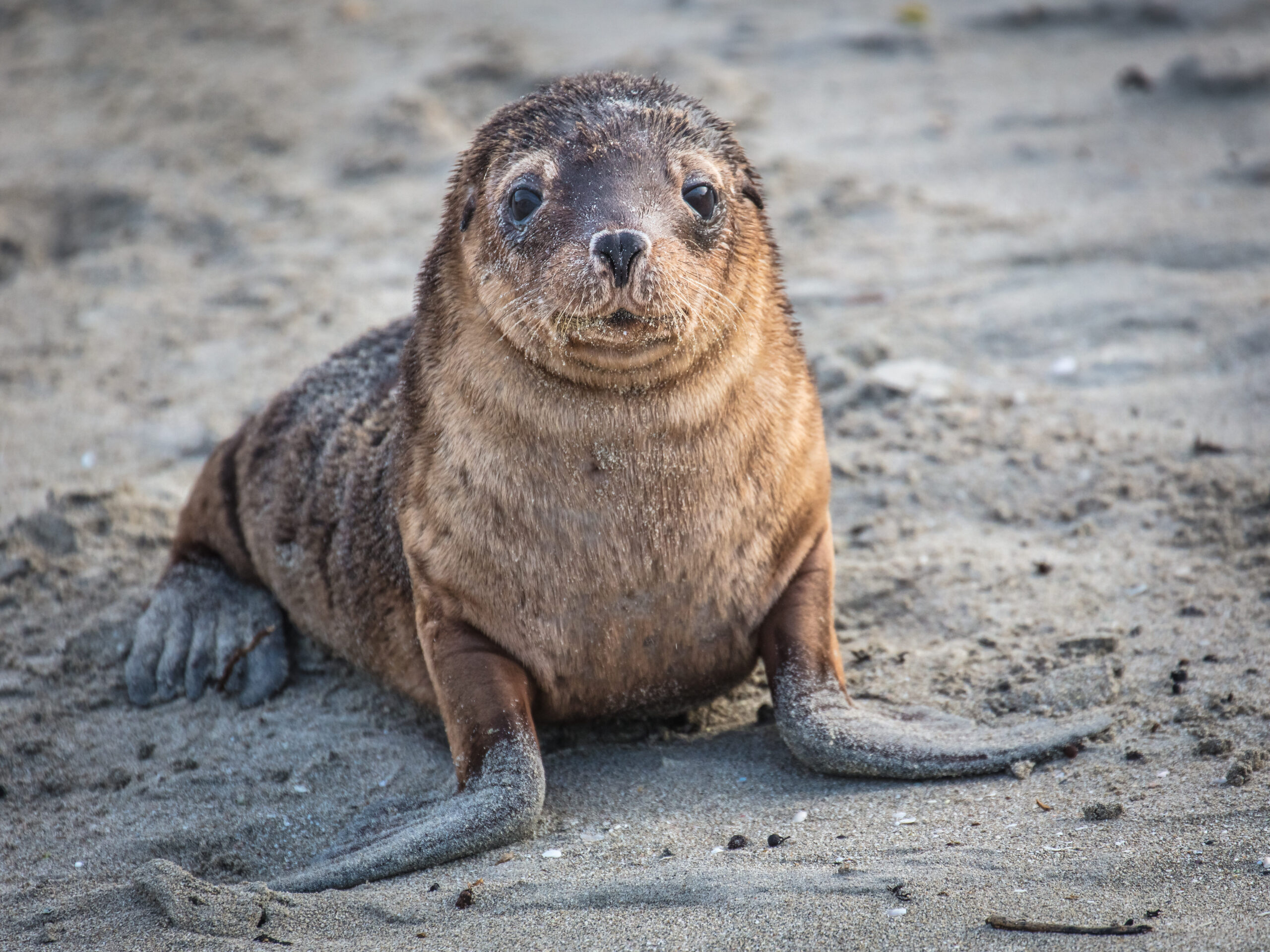
Fascinating fact
Unlike other sea lions, Australian sea lions don’t synchronise breeding across the population. Each colony has its own cycle, out of step with others. This quirk makes coordinated conservation actions more complex.
